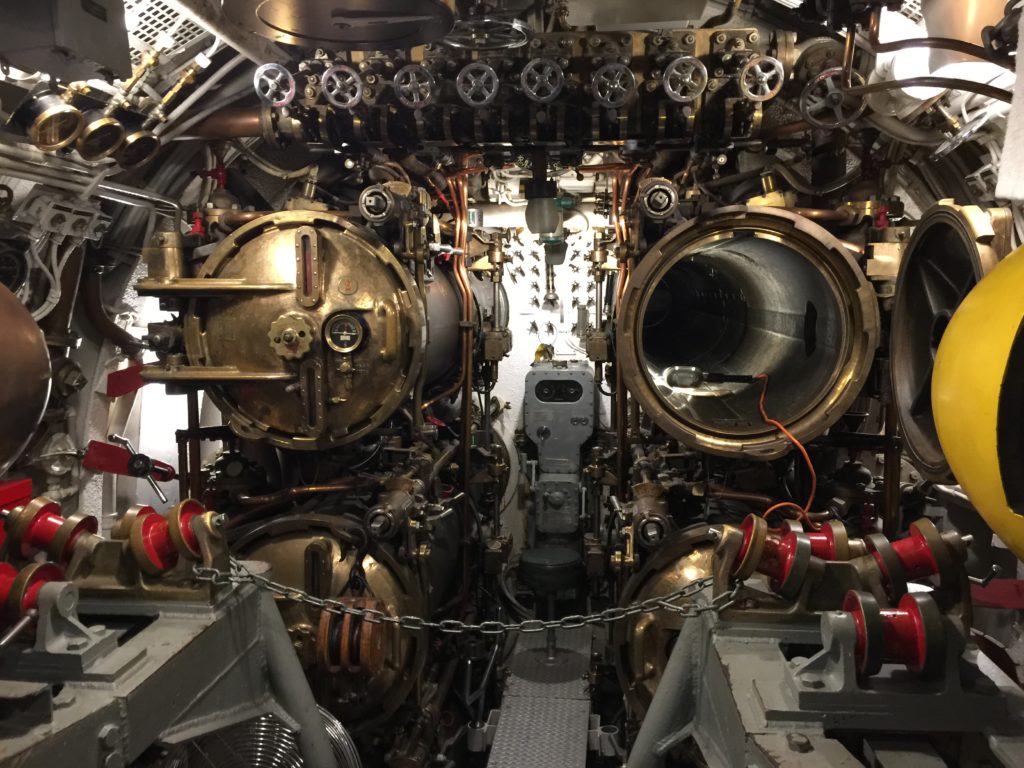

After two days of attempts at pulling O-19 free, the captains of both vessels agreed that there was no hope of freeing the Dutch sub from the grip of the reef. On the morning of JCod arrived at Ladd Reef in the South China Sea to aid the Dutch Submarine O-19 which had grounded on the coral outcropping. It was on Cod’s seventh and final war patrol that she would carve a unique niche for herself, not for destroying enemy ships, but for performing the only international submarine-to-submarine rescue in history.

Cod submerged to her 300-foot test depth and ran at her top underwater speed of 8.5 knots for 10 minutes to clear the firing point, which was clearly marked by the white wakes of Cod’s steam-powered torpedoes. A minute later, all six of Cod’s bow shots hit targets among the columns of enemy ships. Cod fired three of her four stern tubes at the Japanese destroyer Karukaya before unloading all six of her bow tubes at two columns of cargo ships and troop transports. Tracking a massive Japanese convoy heading for Subic Bay in the Philippines on the night of May 10, 1944, Cod maneuvered into firing position just after sunrise. It was on Cod’s third patrol, Dempsey’s last in command, that Cod fought her biggest battle.

USS COD in Lake Erie in downtown Cleveland


 0 kommentar(er)
0 kommentar(er)
